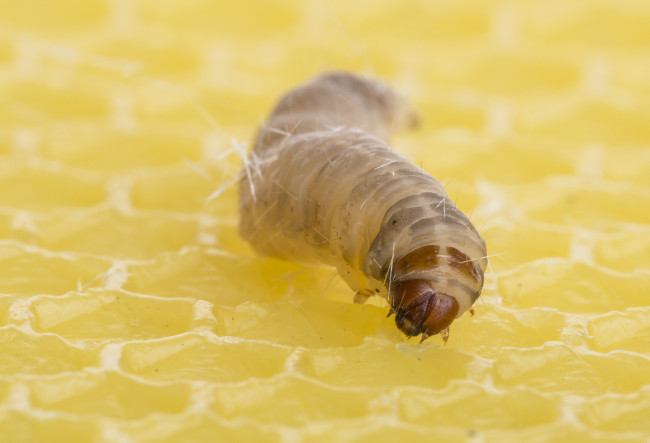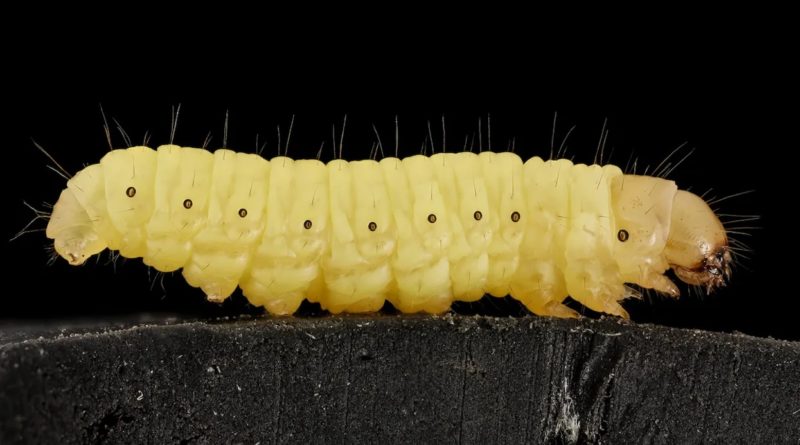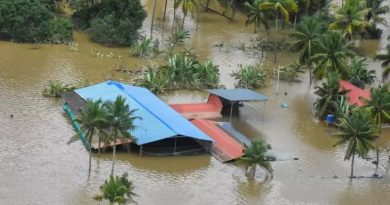Scientists Found a Caterpillar That Eats Plastic
A caterpillar that munches on plastic bags could hold the key to tackling plastic pollution.
Each year, humanity churns out some 300 million tons of plastic and ships it around the world before dropping it into landfills. And the problem doesn’t stop there. In the half-century since plastic exploded into our lives, tiny bits of it have spread through our oceans, our ecosystems and even our bodies. So far, humanity has struggled to get rid of it.
But there may be new hope for a solution. Scientists say they’ve found a caterpillar that loves to eat this non-biodegradable waste. The insects won’t save us from our plastic pollution, but figuring out how they digest the garbage could help offer up a solution. The plastic-munching abilities of the greater wax moth caterpillar were first discovered in 2017, when a scientist and amateur beekeeper put some of the insects, who also eat beeswax, into a plastic bag only to discover that they had eaten their way out. Now, researchers at the University of Brandon have discovered that the larval greater wax moths can survive solely on polyethylene — the type of plastic that makes grocery shopping bags.

The researchers found that the caterpillars themselves could survive eating plastic bags for one week, and that 60 of them could eat through about 30 square centimeters (approximately 4.65 square inches) of the stuff during that time, Phys.org reported. The byproduct of all this? An alcohol known as glycol.
How much plastic can a group of very hungry caterpillars eat? According to the scientists, about 60 waxworms chewed through a matchbook-sized square of plastic bag in under a week. Clearly, the world would need a lot of caterpillars to solve its plastic problems.
However, if scientists can unravel what makes these caterpillars and their gut bacteria flourish, they might be able to design tools to wipe out plastic.




